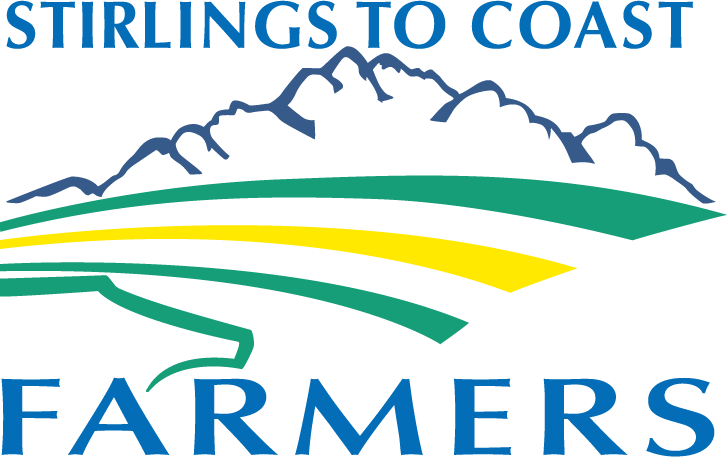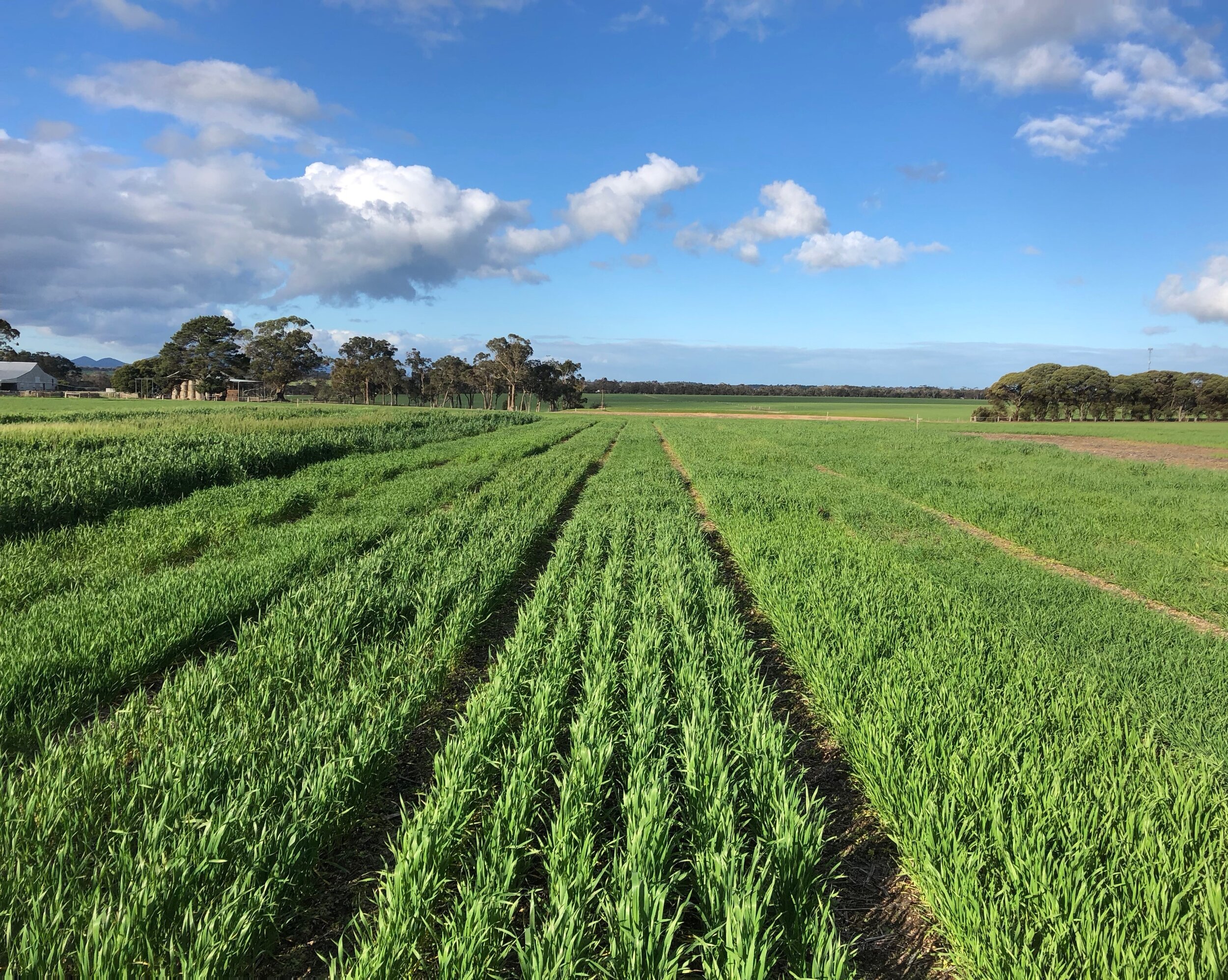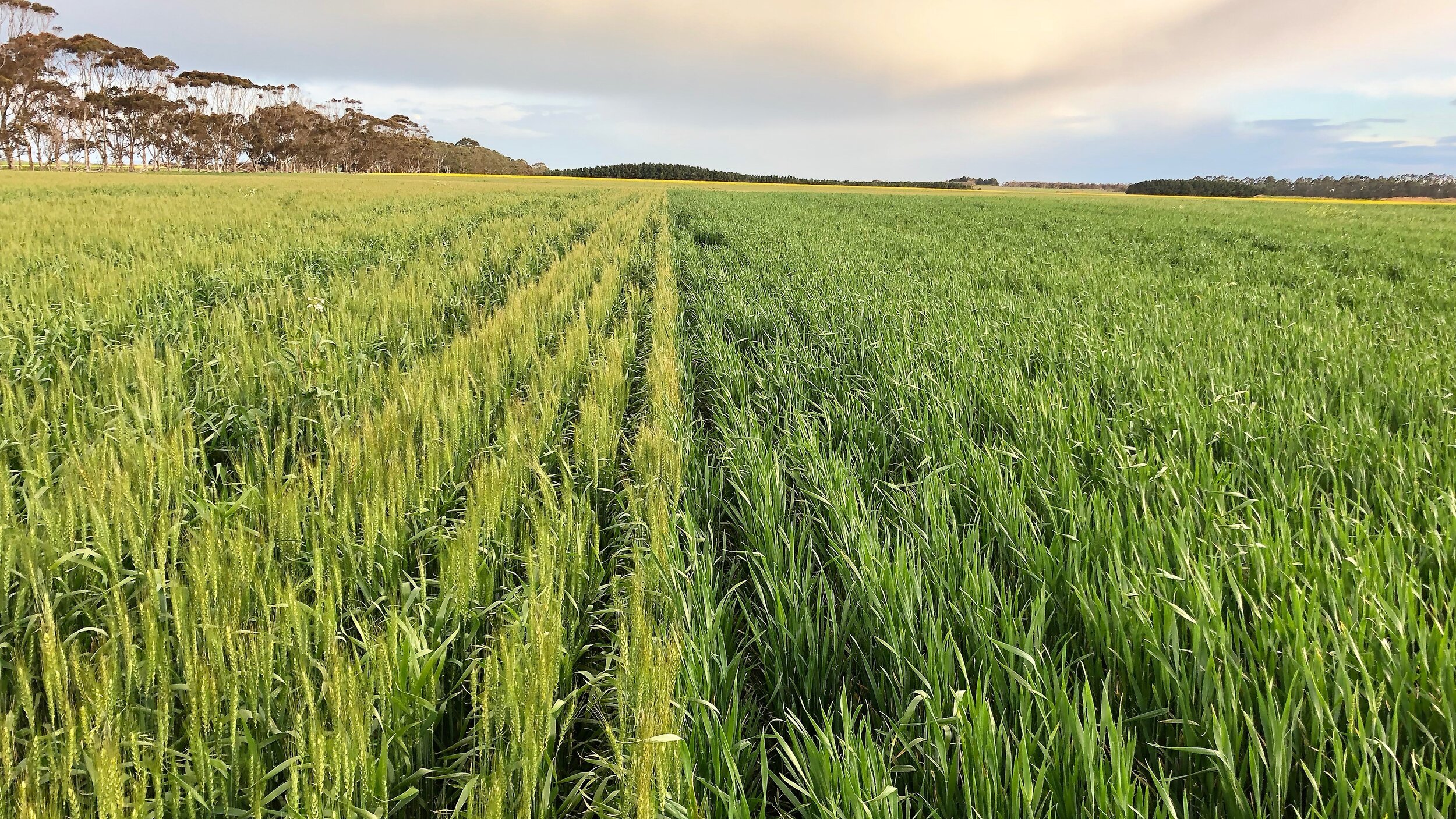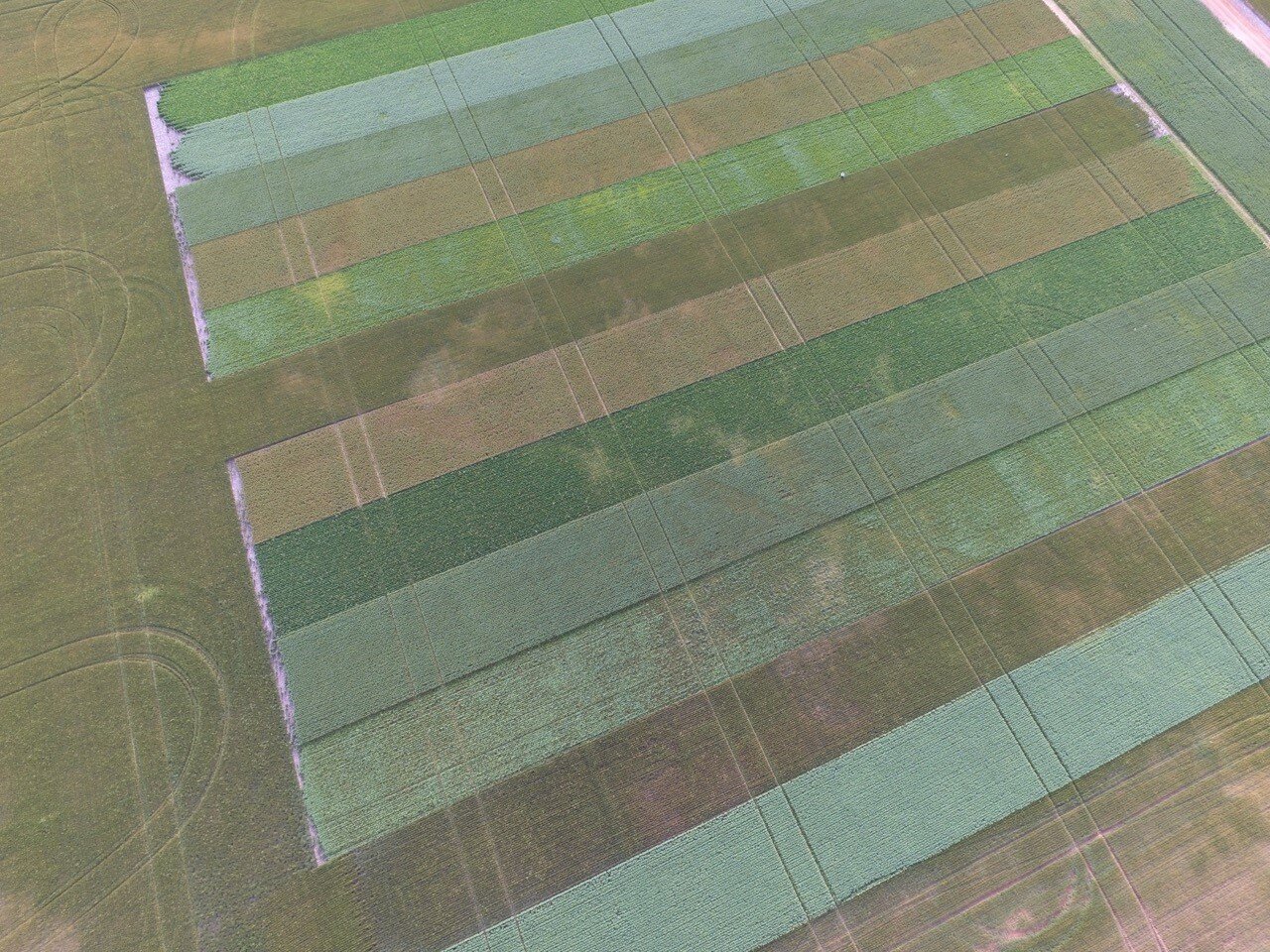Specialist Feed Wheat Hub: Fit for purpose dual use wheat
Background
Winter wheat varieties allow wheat growers to sow much earlier than currently practiced, meaning a greater proportion of crops will be seeded in their ideal sowing window. This is especially useful to farmers with large cropping programs. Sowing earlier requires varieties that are slower developing. For sowing prior to April 20, winter varieties are required, particularly in regions of high frost risk. Winter wheats will not progress to flower until their vernalisation requirement is met (cold accumulation), whereas spring varieties will flower too early when sown early. The longer vegetative period of winter varieties also suits dual-purpose crop grazing.
Flowering time is a key determinant of wheat yield. Winter varieties have stable flowering dates across a broad range of sowing dates. This has implications for variety choice as flowering time cannot be manipulated with sowing date in winter wheat as it can in spring wheat. This means different winter varieties are required to target the varied optimum flowering windows that exist in different environments.
For the last three years Stirlings to Coast Farmers have been investigating if long-season wheats can be adopted into our members cropping and grazing systems. By growing farmer-scale trials and small-plot trials we have also been able to identify some of the key agronomy requirements to be successful in our environment.
2018 Season Summary
The winter wheats successfully navigated multiple frosts in 2018 and still achieved high yields in the first time of sowing plot trials located at Kendenup.
The broad-scale trial at South Stirlings also followed this pattern, with the spring wheat DS Pascal suffering large yield reduction due to frost damage, whereas the winter-wheat yields were much better.
2018 provided more evidence that traditional spring-type wheats should not be sown in the first two weeks of April.
Planet barley yielded significantly higher than wheat in each of the three trials that it was included in. These were the broad-scale trials at West Kendenup and Kojaneerup as well as the second time of sowing in the Kendenup plot trials.
Noodle wheat varieties Kinsei and Ninja yielded competitively at the trial sites they were included in. Both appear to be high yielding wheat options for our area with Kinsei suited to a longer season and earlier sowing date that Ninja.
SCF data from the last three years indicates that winter wheats sown early will yield the same as Scepter wheat (fast spring-type) sown in early May.
2018 marked the last year of the three-year project investigating the potential of long-season wheats for SCF growers. An agronomic package summarising the best practice methodology for growing long-season wheats is in production and will be available from early 2020.
Resources
ACKNOWLEDGEMENTS
This project is funded by the Department of Primary Industries.





